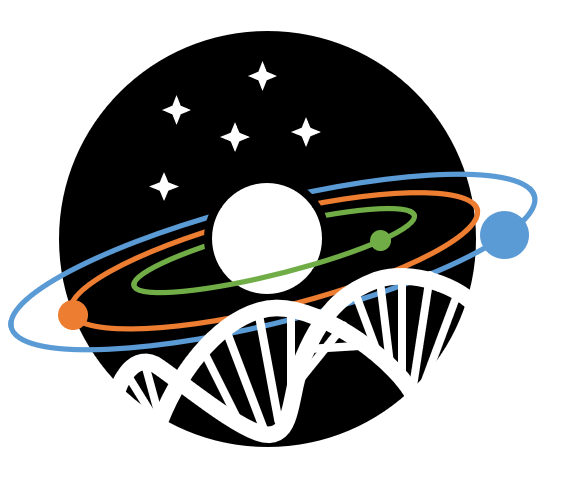
Join Us
Studying planetary atmospheres in the laboratory: Investigating modern Earth and Mars atmospheres in a planetary simulation chamber
Contact: Andreas Elsaesser a.elsaesser@fu-berlin.de
Available: immediately. Financial support is not envisaged
Background:
The Elsaesser group is working in the field of experimental biophysics and space sciences at Freie Universitaet Berlin, Germany. We are interested in fundamental aspects of how space environments affect organic molecules and living organisms. We perform laboratory experiments to decipher chemical pathways and reaction kinetics of biologically important molecules in space by studying photochemical reactions in our planetary simulation chamber. This Master’s project includes recreating modern earth and mars atmospheres in the laboratory, investigating atmospheric processes and comparing experimental results with a climate-photochemical model, in close collaboration with a Master´s project at the Department of Extrasolar Planets and Atmospheres at the DLR running at the same time.
Objectives:
Recreate specific atmospheric layers of modern earth and mars in the simulation chamber, perform spectroscopic measurements before and during the irradiation period, compare model and chamber output for key atmospheric species. Analyze results in order to further our knowledge of atmospheric composition on Earth and Mars
Model Description:
Our Planetary Simulation Chamber (PSC) allows monitoring organic molecules in the solid and gas phase as well as tracking their photochemical evolution and stability in various gas mixtures. Therefore, the sample can be spectroscopically investigated in the VUV, UV/Vis and NIR while being exposed to a recreated part of the central star’s radiation including Lyman alpha, UV/Vis and particle radiation from an electron gun.
Workplan:
Characterization of irradiance spectrum (1month)
Modern earth (recreation, irradiation, results analysis) (3 months)
Mars (recreation, irradiation, result analysis) (3 months)
Compare to model and analysis of experimental results (2 months)
Write up results in thesis format (3 months)
